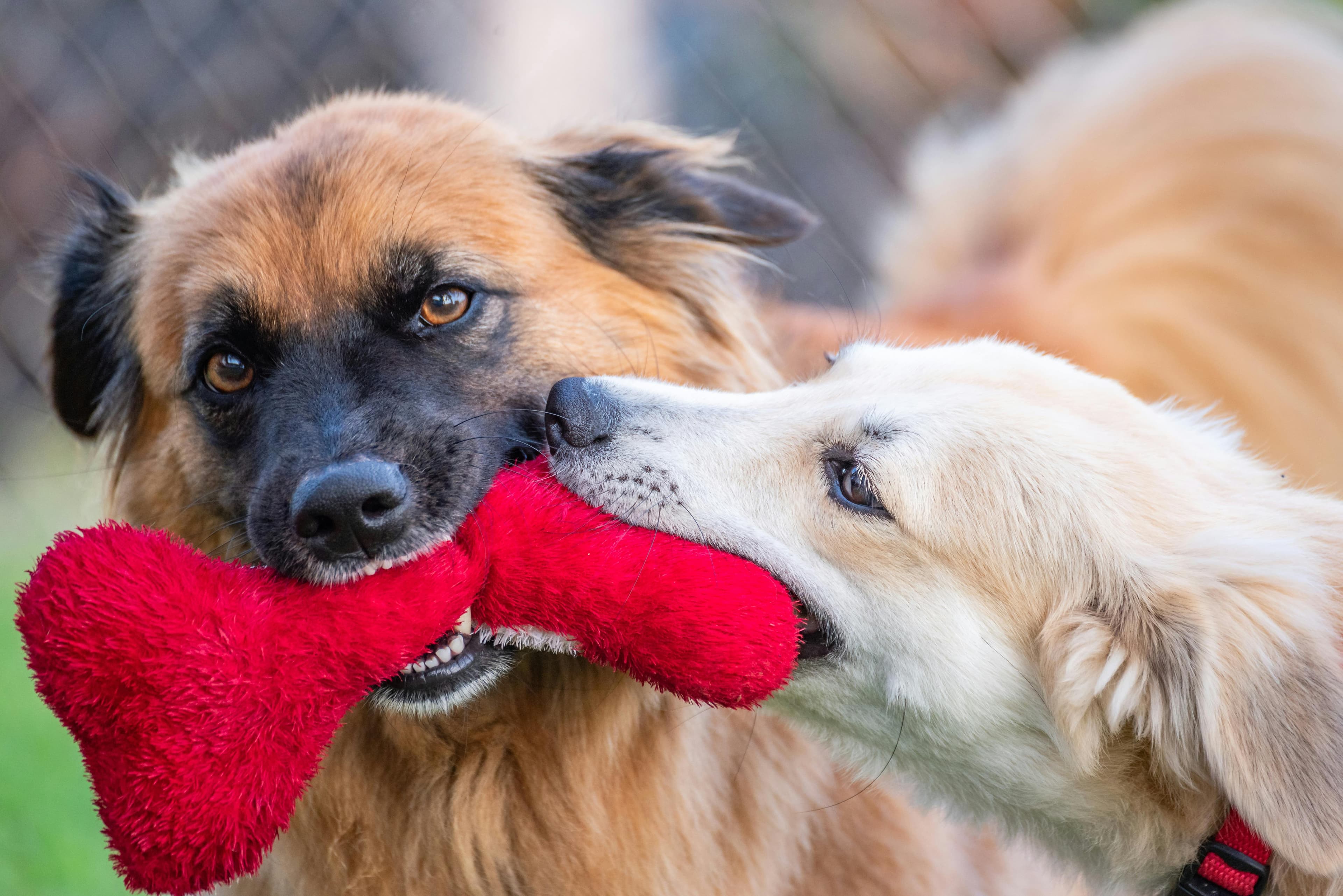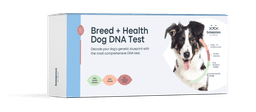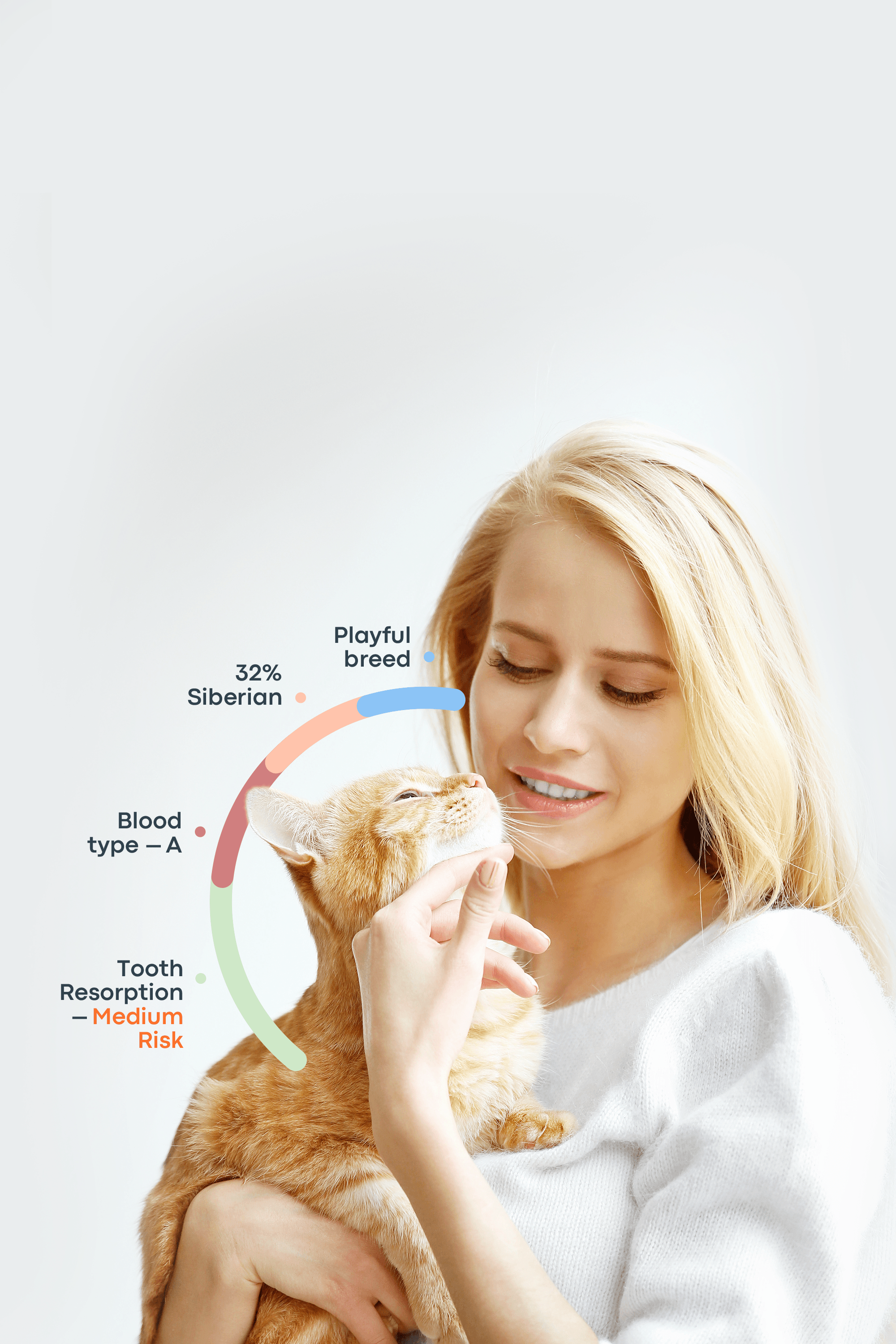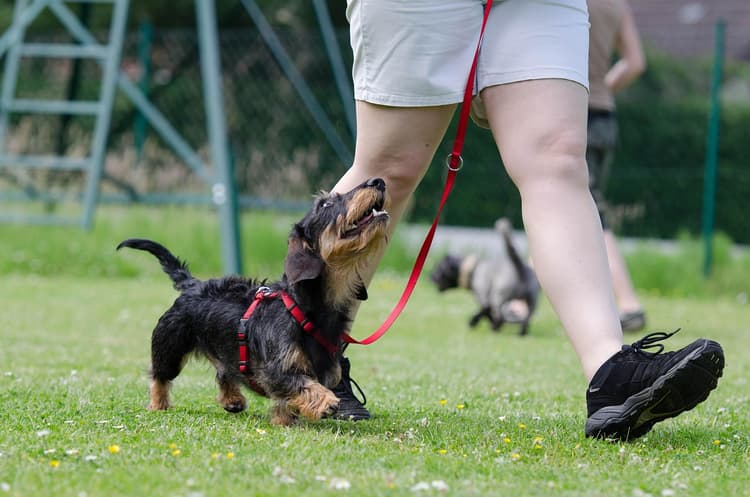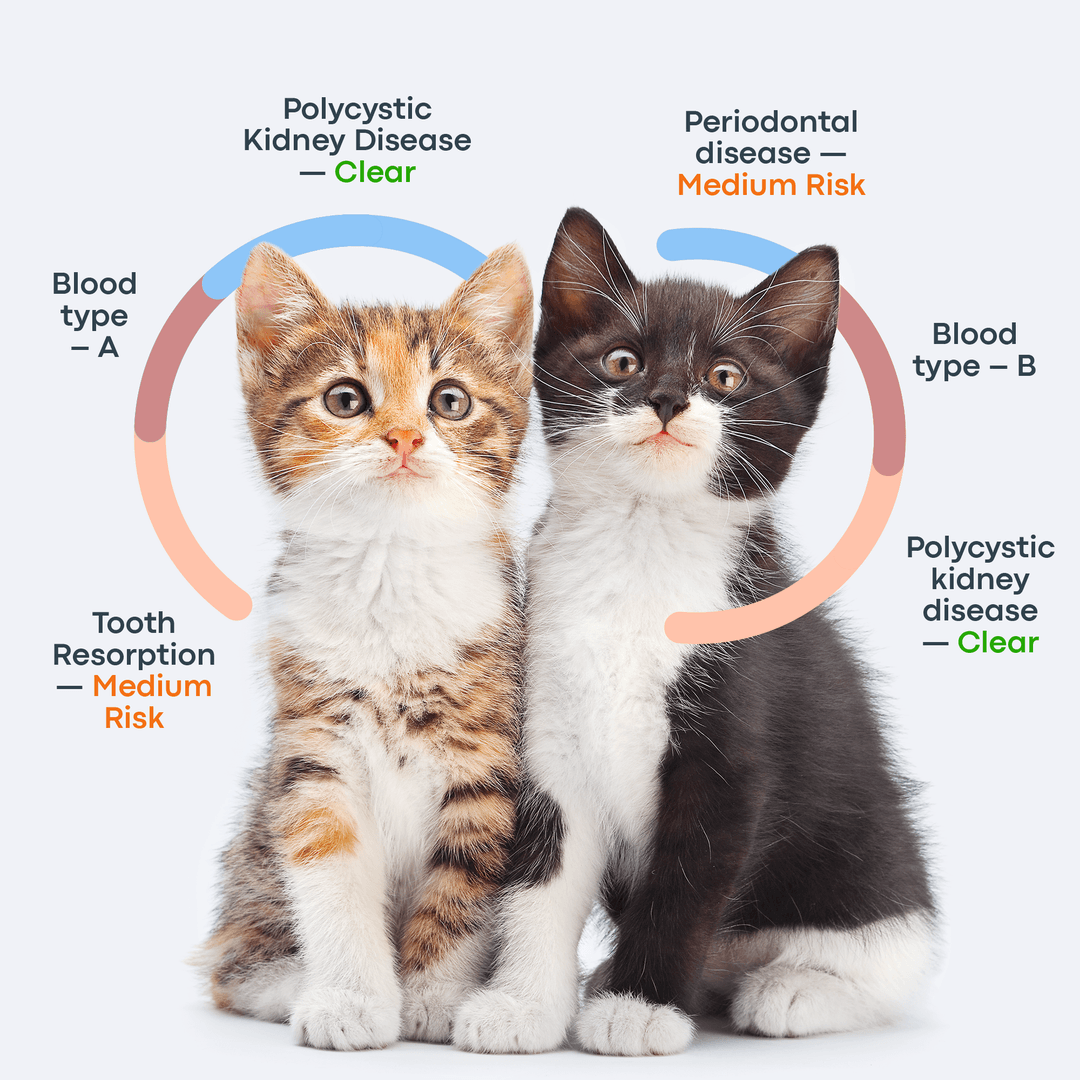Dogs aren’t robots. They have big feelings, just like us. They feel fear, excitement, frustration and joy. Sometimes those feelings come out in ways we’re not ready for. This can be barking, lunging, freezing up, or even growling. That’s when the word reactive starts getting tossed around. But what is a reactive dog, really?
Reactive dogs are basically any canine that overreacts to specific triggers. Barking and lunging at other dogs on walks is common. They may freak out when a skateboard zooms by. Their response is typically fueled by emotion. Fear, frustration and confusion can be at the bottom of this behavior, it is definitely not a desire to be bad.
And no, reactivity doesn’t equal aggression. That’s a big misconception.

Another myth is that reactive dogs are inherently dangerous. The truth is, many reactive dogs are simply overwhelmed and don’t know how to cope. They’re not “bad” or trying to dominate you. They're just communicating the only way they know how at that moment.
Confusing reactivity with aggression can make things worse. It might lead to punishment-based training or avoidance. The dog actually needs support, patience and structure. Dog reactivity is more common than you think. And when it’s misunderstood, dogs can end up mislabeled, mistreated or given up on entirely. This is heartbreaking for the pet and the pet owner.
Reactive dog training can help avoid this scenario. It should be effective and tailored to your pup’s unique needs for long-term results.
What Is a Reactive Dog?
Reactivity Defined
It is really simple to define the term reactivity. One or more stimuli can cause an overreaction in canines. This can be another dog, a person in a hoodie, a machine, or even a specific location. A vet’s office is often a common trigger.
At its core, it’s your dog expressing their fear or unease. Anything that is too big, scary, frustrating or noisy can be the reason. The dog does not know what to do about this trigger, hence, they react badly.
It often starts in early puppyhood. This is especially true when dogs miss key socialization windows or experience traumatic events. Others might be born more sensitive or alert due to genetics or a breed's inherent behaviors.
Reactive vs. Aggressive: Key Differences
Think of reactivity as a fire alarm going off. It is loud and urgent, but not always signaling a real emergency. Aggression is more like choosing to start a fire, there’s intent to do harm. A leash reactive dog might bark at another dog, they may even lunge. The trigger here is the leash, and it is likely the dog may act differently when not on a leash. The dog is reacting negatively to the leash because they are scared or frustrated, they are not looking to pick a fight.
Confusing these two behaviors can result in owners punishing their dog or isolating them. This is the worst way to deal with a reactive canine. When they are reacting, they actually need reassurance and structure. Slow and gentle exposure to the trigger can make a big difference.
What Does a Reactive Dog Look Like? Signs and Behaviors
Common Signs of Reactivity
Every reactive dog is different. Here are some common behaviors identified by PetMD:
Sign/Behavior | Description/What It Might Mean |
Barking or growling | Vocal reactions to fear or frustration |
Lunging | Trying to get away from or toward trigger |
Whining or pacing | Anxiety and restlessness |
Hackles raised | Heightened alertness or fear |
Hyper-focused stare | Fixating on a perceived threat |
Freezing | Overwhelmed and unsure how to react |
The signs may be subtle at first, but over time, they escalate. Your dog might start stiffening, they may lick their lips or turn their head before they explode with barking. Learning to read these early cues is crucial in dog reactivity training. Any dog owner who keeps missing these signs will have an uphill battle on their hands.
Triggers That Often Set Off Reactivity
Dogs react to different things based on their experiences, temperament, and environment. The common triggers, according to Daily Paws, include the following:
Other dogs (especially while on leash)
Strangers, children, or specific types of people
Bikes, skateboards, or joggers
Loud noises like fireworks or construction
Enclosed spaces like vet clinics or cars
Fence lines (where dogs can’t reach but can see or hear things)
Triggers are unique to each reactive dog. One dog might stay relaxed around people but react strongly to other dogs, while another might become distressed by the sound of a garbage truck. There’s no universal method for identifying these triggers. The most effective approach is consistent observation. Watch your dog closely, take note of anything that causes a reaction, and gradually narrow down the list by ruling out possibilities.
What Causes Reactivity in Dogs?
Type of Reactivity | Description | Common Triggers |
Fear-Based Reactivity | Comes from past trauma or poor socialization | Strangers, unfamiliar dogs, loud sounds |
Frustration-Based Reactivity | Desire blocked by barrier (fence, leash) | Other dogs, people they want to greet |
Genetic/Breed Tendency | Inherited sensitivity or alertness | Varies by breed (e.g. herding, guarding instincts) |
Fear-Based Reactivity
This is one of the most common types of reactivity. Fear-reactive dogs often lack proper early socialization or may have experienced trauma during key developmental stages. For instance, a dog that was attacked as a puppy might develop a general fear of other dogs — even those that are friendly. Similarly, a dog that was abused by a previous owner may become fearful of humans.
Frustration-Based Reactivity
According to the American Kennel Club, frustration or anxiety can be the underlying reason for reactivity. Frustration reactivity is often about wanting something but being unable to get to it. A dog behind a fence who barks at passersby or a pup straining on a leash to greet a new friend can fall into this category. It's not about aggression; it’s about blocked excitement.
This is where dog training for reactive dogs must be careful not to punish enthusiasm. It is important to teach them calm alternatives instead. This will enable them to express their excitement or enthusiasm properly.
Genetics and Breed Tendencies
Some breeds are wired to be more alert, vocal, or sensitive. According to Rover.com, anxiety-induced hormones are passed from the parent canines to their pups. Herding breeds, guarding breeds, and even working dogs might naturally be more reactive. But that doesn’t mean they’re doomed to struggle.
Temperament matters, but so does the environment: a naturally cautious dog can still learn to feel safe and confident with the right guidance.
Can a Reactive Dog Be Trained? (Yes!)
The short answer? Absolutely. But it’s not about “fixing” the dog. It’s about helping them feel safe, confident, and understood. Once they are comfortable and learn to deal with the triggers, the pup will not be reactive anymore.
Behavior Modification Techniques
Counter-conditioning teaches your dog that the scary trigger = good things. For example, every time your dog sees another dog, they get a treat. Over time, that scary thing becomes a predictor of something good.
Desensitization means gradually exposing your dog to triggers at a distance they can handle. Slowly reduce that distance over time.
Learning your dog’s threshold is crucial. This is the point before they react. Stay under it; this will ensure that the training is effective.
The Role of Positive Reinforcement
Punishing a reactive dog might suppress the behavior temporarily. Yet, it doesn’t fix the underlying emotion. Instead, it can erode trust. Positive reinforcement builds confidence. It teaches your dog, “You’re safe. You don’t need to yell. I’ve got your back.”
Tools That Can Help
The right tools can make a big difference in training and safety.
Head halters or front-clip harnesses give more control without pain.
Long lines allow more space for decompression walks.
Muzzles, when properly introduced and trained, are not a form of punishment — they’re a valuable safety tool for managing unpredictable situations.
Tips for Living With a Reactive Dog
Managing Triggers in Daily Life
You don’t have to avoid the world, but you do need a plan. A little management goes a long way in preventing outbursts and supporting your reactive dog emotionally.
Walk during quiet hours to minimize run-ins with triggers.
Use covered fences, window film, or calming music to reduce stimulation at home.
Give your dog a safe space to decompress. This can be a crate or a quiet room.
Working With a Professional
This isn’t something you have to tackle alone. A certified force-free trainer or behaviorist who specializes in dog training for reactive dogs can tailor a plan that suits your dog’s needs.
Look for someone who understands emotional regulation, not just obedience. Training reactive dogs isn’t about control, it’s about compassion. Always remember that.
Final Thoughts: Reactivity Isn’t a Life Sentence
Reactivity can feel isolating. You might avoid parks, cross the street at the sight of another dog, or dread walks. But here’s the truth. Reactivity is manageable.
Your dog isn’t broken. They’re just asking for help in the loudest way they can.
All you need is consistency, patience and education. Dogs who once couldn’t walk past a stranger can learn to relax. They will ultimately begin to trust the people around them. Try to understand your canine. Identify the issues and sort them out one by one.
Frequently Asked Questions
My dog is so severely reactive to dogs that he can't go anywhere and can't live a good life. What can I do? Start with management and professional support. Structured training plans and trigger-free zones can help your dog decompress. This will begin the healing process.
Why are some dogs reactive or aggressive? What’s the difference? Reactivity is typically driven by emotion — most often fear or frustration. Aggression, on the other hand, involves an intent to cause harm. Understanding the root cause of the behavior is key to choosing the right approach. The good news is that both reactivity and aggression can be addressed with proper training and support.
What are some tips for raising/training a reactive dog? Stay under the threshold. This means not pushing them over the limit where they become aggressive. Use positive reinforcement and celebrate small wins. Don’t be afraid to seek out dog reactivity training that respects your dog’s emotional needs.

